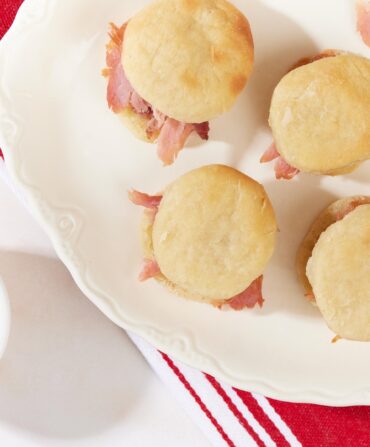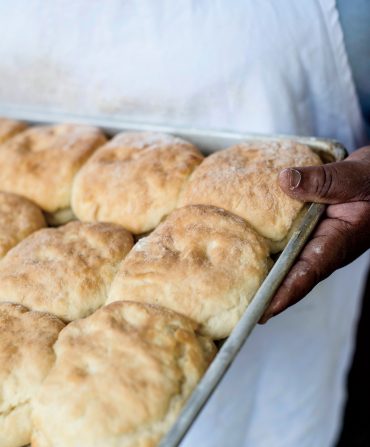From the Blue Ridge to the bay, the Chesapeake’s woods, fields, and waters have provided sustenance for centuries. But despite the region’s venerable culinary history—after all, Mrs. Mary Randolph’s 1824 cookbook, The Virginia Housewife, offered one of the earliest definitions of Southern (and, for that matter, American) cuisine—modern chefs and growers haven’t always embraced traditional foodways. That’s changing. Underutilized and forgotten ingredients, including these five, are reappearing on tables and putting a sense of place back on the plate.
-
Pawpaws
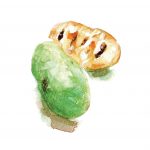
Illustration: Illustrations by Phillip Bannister
Tarver King
The Restaurant at Patowmack Farm in Lovettsville, VirginiaKing always knows when pawpaws, a fruit that grows in abundance in the Chesapeake region, are ripe. “The air around the farm smells tropical, like banana, maybe mango,” he says. The staff gathers as many of the green orbs as they can before deer get the rest. Then, every day of pawpaw season, King serves an ice cream that involves nothing more than pawpaw jam and cream. “Just when I’m getting sick of pawpaws,” he says, “they’re suddenly gone until next year.”
-
Fish Peppers
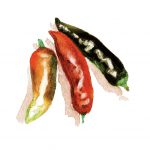
Illustration: Illustrations by Phillip Bannister
Spike Gjerde
Woodberry Kitchen, Shoo-Fly Diner, and Parts and Labor in Baltimore, MarylandCarried from the Caribbean and passed down in seed form, the fish pepper was something Gjerde had only read about before meeting Five Seeds Farm’s Denzel Mitchell and then buying the Maryland grower’s entire crop. Gjerde adds the tangy peppers—named for the way they complement seafood—to sauces for local catch, and dries and grinds them into a powder used in deviled eggs and crab pots. “It brings a level of heat appropriate to what we cook here,” he says.
-
Grass Shrimp
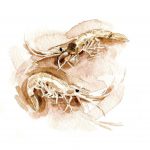
Illustration: Illustrations by Phillip Bannister
Jeremiah Langhorne
The Dabney in Washington, D.C.These crustaceans thrive near the shoreline of the bay and in its brackish tributaries. Although tiny, they possess an especially sweet flavor. When a local man offered Langhorne a sampling, the chef was immediately hooked. From there, he began tinkering with fermented shrimp and shrimp pastes for his soon-to-open restaurant, which will offer riffs on traditional mid-Atlantic dishes. “I want to remain true to this region,” he says, “but infuse my cooking with the ideas of other cultures.”
-
Blonde Morels
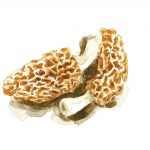
Illustration: Illustrations by Phillip Bannister
Patrick O’Connell
The Inn at Little Washington in Washington, VirginiaIn early May, when nights are cool and afternoons are sun-drenched, enterprising foragers hunt for blonde morels. “No one shares their special spot,” says O’Connell, who has received up to a hundred pounds of the mushrooms in a single week. To make use of the fungi, which are lighter in flavor than their darker brethren, O’Connell offers a ten-course tasting menu. “When Queen Elizabeth visited,” he says, “we served an egg scrambled with morels and placed back in the shell.”
-
Old Spot Pigs
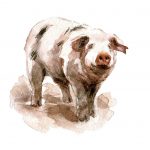
Illustration: Illustrations by Phillip Bannister
Bryan Voltaggio
Multiple restaurants throughout the Chesapeake, including Volt in Frederick, Maryland, and Range in Washington, D.C.Voltaggio sources his Spots—a heritage English breed acclimated to the Chesapeake for centuries—from Whitmore Farm in Emmitsburg, Maryland, where Will Morrow raises some 250 pigs from farrow to finish each year. Because they grow more slowly, the meat develops a deeper pork flavor. Voltaggio stocks his larders with terrines, Spanish-style chorizo, and dry-cured sausage. “The lean-to-fat ratio,” he says, “is perfect for salumi.”


